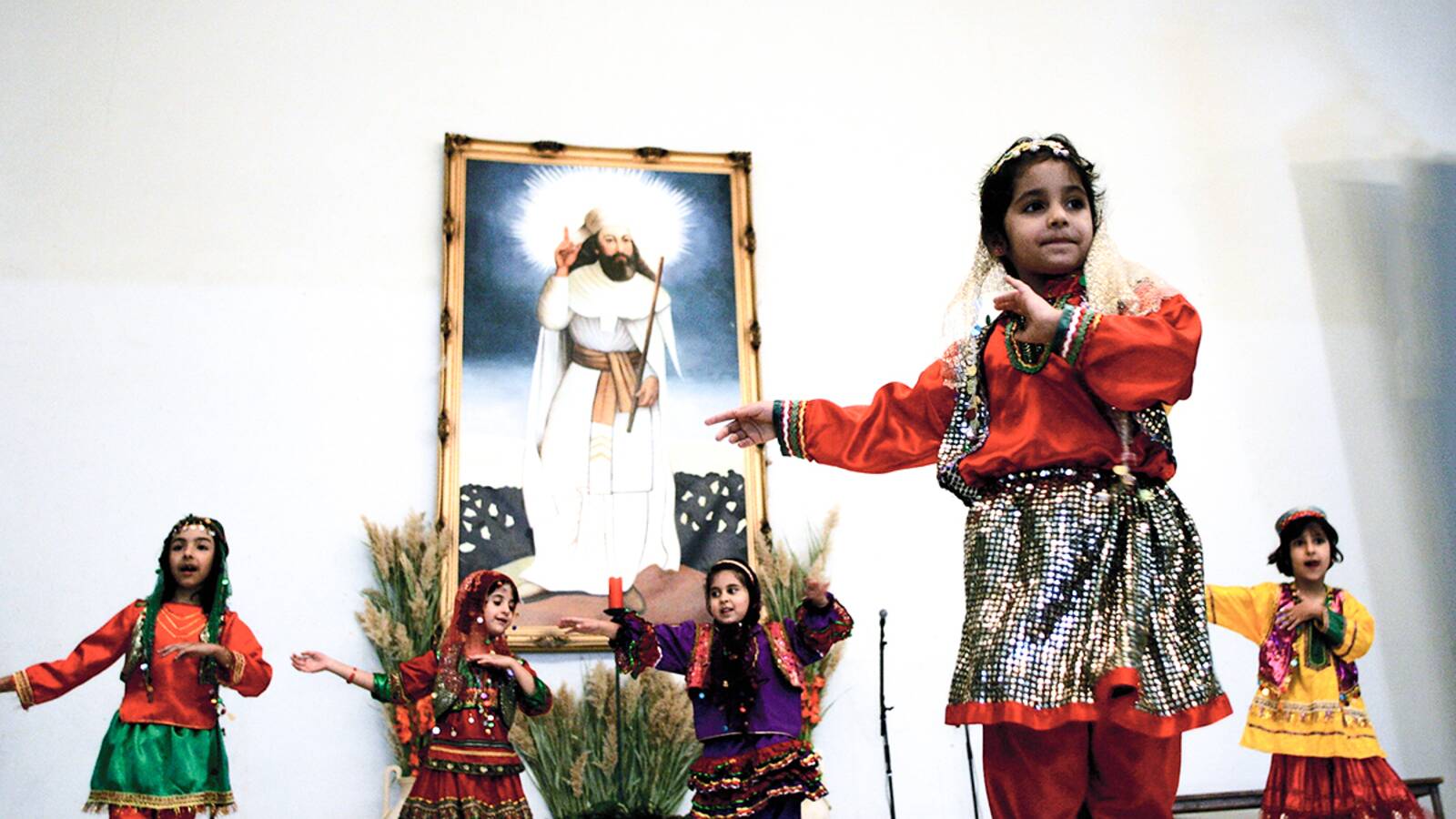
According to the ancient Iran calendar, the sixteenth day of each month is called Mehr. The Mehregan festival is a celebration of the Mehr day of the Mehr Month (the seventh month of the year). Also, since a year is divided into two warm and cold parts, Nowruz is the celebration of the beginning of summer, and Mehregan is the celebration of the beginning of the winter. After Nowruz, Mehregan is the most important festival of the year. It is one of the oldest and grandest festivals of ancient times in Iran and is reminiscent of Mithraism religion that worshiped Mehr, Mithra, Mehr Izad, or the god of light, friendship, love. Mithra was the great god of Iran and all the land where Hindu-Aryans lived. This festival goes back to the second millennium B.C., and begins on the first days of autumn, continues for six days and ends on the Ram day, the twenty first day of the month.
The time of the Mehregan festival in the Achaemenid calendar, and most probably before that, was the first day of Mehr. But today it is attributed to the sixteenth day of Mehr. This day is also known as Mehregan-e Hamegani or Mehregan-e Ameh. This day varies in different tribes who have their calendars. For example, according to Tabari and the traditional calendar of Yazd, it is celebrated in half of Bahman (eleventh month of the year), and based on Deylami calendar it is on the last day of Bahman. Based on their calendar, the Zoroastrians celebrate Mehregan on the tenth day of Mehr and hold a special ceremony. There is also another Mehregan on the twenty first day of Mehr that seems to belong to the ancient Kharazmi calendar. The day when Mehregan ends is called Mehregan Vizheh or Mehregan Khaseh. It is known as Jashn-e Moghan or the Magi Celebration.
Just like Nowruz, Mehregan has three aspects: historical, religious and natural or astronomical. In terms of astronomy, Mehregan is held a few days after the September Equinox, when the harvest of the agricultural products begins. Historically, Kaveh the Blacksmith who was a legendary hero defeated Zahak and Fereydun became a king on this day. Mehregan is a symbol of victory of right over wrong and justice over tyranny. This belief has a deep root in religion. In the Iranian culture, Mithra or Mehr means the brightness of the Sun, love, and friendship. Mehr is also the guardian of the promises and warns those who break them.
In the past, Mehregan festival was held with special celebrations. Music and songs were an important part of it. People wore new clothes, usually in magenta, and gathered. They had with them gifts they had scented and wrapped. A magenta blanket was arranged, and festive objects like Evergreen Flower, branches from Tamarisk or Haoma tree, red fruits like grapes, pomegranates, apples, and quince, local foods, books of Avesta, Shahnameh, Hafiz, mirrors, a lit fire like candles, Espand, saffron, sweets, a special bread, rose water and a drink made from the extract of Haoma were put in it. After eating and drinking, group dances were performed. Mehregan songs were sung, and in the end, they put their hands in each other as a symbol of the renewal of their friendships.
Today, the Zoroastrians gather in fire temples and prayer halls, prepare traditional foods, pray and celebrate Mehregan on the Mehr day of Mehr month. Jalal Al-Ahmad, the renowned writer of Iran, believes the celebration of Ghlishuyi or cleaning the carpets in Mashhad relates to Mehregan, too.